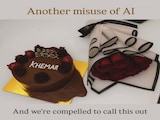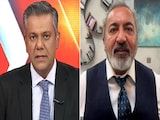After a patent dispute with medical device maker Masimo, Apple is removing the pulse oximeter function from its latest smartwatches to avoid a US import ban. The tech giant briefly halted sales of the Apple Watch Series 9 and Ultra 2 last month after a trade commission ruling, but a court allowed temporary sales. To lift the permanent ban, Apple agreed to deactivate the contested feature.
Masimo accused Apple of infringing on its intellectual property by using their technology and talent to create the pulse oximeter function. Though a patent lawsuit failed, the International Trade Commission (ITC) sided with Masimo, leading to the import ban. US Customs and Border Protection approved removing the feature to allow Apple to resume sales.
According to The New York Times, the International Trade Commission found in October that several Apple Watches had infringed on patents held by Masimo, a medical technology company in Irvine, California, that helped pioneer some pulse oximeter technology. It issued a ban on the import of Apple's watches, which are made in Asia.
"We strongly disagree with the decision," an Apple spokeswoman said in a statement.
Starting Thursday, Apple Watch Series 9 and Ultra 2 models without the pulse oximeter will be available online and in stores. While the app icon for the feature remains, tapping it informs users it's unavailable.
The ruling impacts Apple Watch's global market share, estimated at 25% by Counterpoint Research. Apple disagrees with the decision and seeks its reversal. Existing Apple Watches and those sold outside the US are unaffected.















